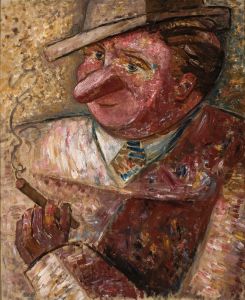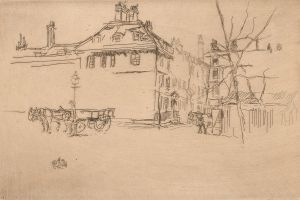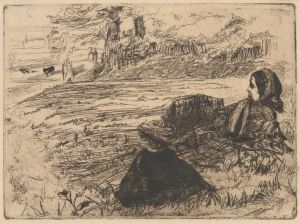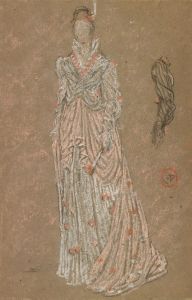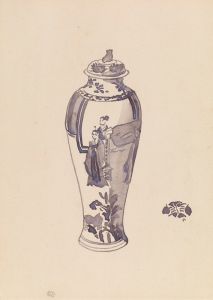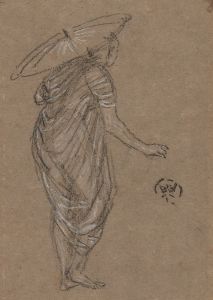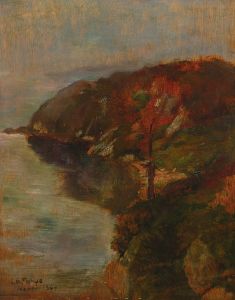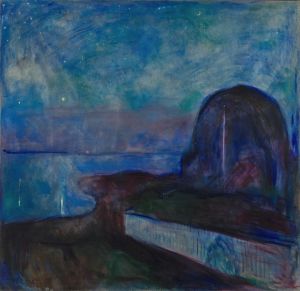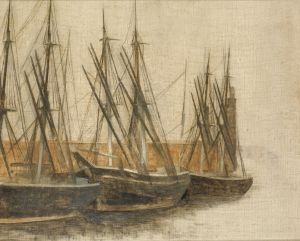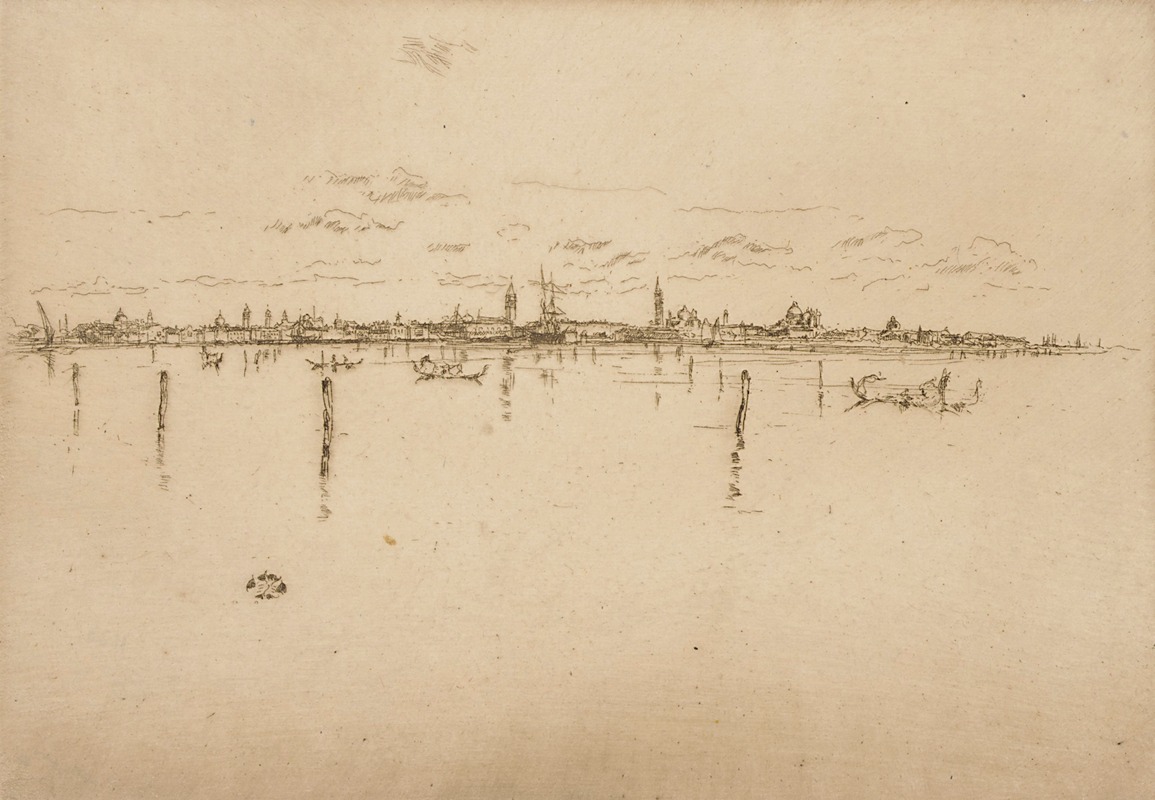
The Little Venice
A hand-painted replica of James Abbott McNeill Whistler’s masterpiece The Little Venice, meticulously crafted by professional artists to capture the true essence of the original. Each piece is created with museum-quality canvas and rare mineral pigments, carefully painted by experienced artists with delicate brushstrokes and rich, layered colors to perfectly recreate the texture of the original artwork. Unlike machine-printed reproductions, this hand-painted version brings the painting to life, infused with the artist’s emotions and skill in every stroke. Whether for personal collection or home decoration, it instantly elevates the artistic atmosphere of any space.
"The Little Venice" is a painting by the American-born artist James Abbott McNeill Whistler, who is known for his contributions to the Aesthetic Movement and his innovative approach to art. Whistler was born on July 11, 1834, in Lowell, Massachusetts, and spent much of his career in Europe, particularly in London and Paris. His work is characterized by a focus on mood and atmosphere, often prioritizing these elements over detailed representation.
"The Little Venice" was created during Whistler's time in Venice, where he lived from 1879 to 1880. This period was particularly productive for Whistler, as he produced a significant number of etchings, pastels, and paintings that captured the unique light and architecture of the city. Venice provided Whistler with a rich source of inspiration, and his works from this period are celebrated for their delicate and evocative qualities.
The painting "The Little Venice" depicts a serene and atmospheric view of the Venetian canals. Whistler's technique in this work is notable for its subtle use of color and light, which creates a sense of tranquility and timelessness. The composition is carefully balanced, with the reflections in the water adding depth and complexity to the scene. Whistler's brushwork is loose and fluid, allowing him to capture the ephemeral qualities of the light and water.
Whistler's approach to "The Little Venice" reflects his broader artistic philosophy, which he articulated in his famous "Ten O'Clock Lecture" delivered in 1885. In this lecture, Whistler emphasized the importance of art for art's sake, arguing that the true purpose of art is to create beauty rather than to serve moral or narrative functions. This perspective is evident in "The Little Venice," where the focus is on the aesthetic experience rather than on any specific story or message.
"The Little Venice" is part of Whistler's larger body of work that includes his famous "Nocturnes," a series of paintings that explore the effects of light at different times of day and night. These works are characterized by their atmospheric qualities and their emphasis on mood over detail. Whistler's innovative use of color and composition in these paintings had a significant influence on the development of modern art, particularly in the realms of Impressionism and Symbolism.
Whistler's time in Venice was also marked by his involvement in the local artistic community and his interactions with other artists and patrons. His work from this period was well-received, and he held a successful exhibition of his Venetian etchings in London in 1880. This exhibition helped to solidify his reputation as a leading artist of his time.
In summary, "The Little Venice" by James Abbott McNeill Whistler is a quintessential example of the artist's ability to capture the beauty and atmosphere of a scene through his innovative use of color and light. The painting reflects Whistler's commitment to the principles of the Aesthetic Movement and his belief in the importance of creating art for its own sake. Whistler's work continues to be celebrated for its contribution to the development of modern art and its enduring ability to evoke the unique qualities of the places he depicted.






